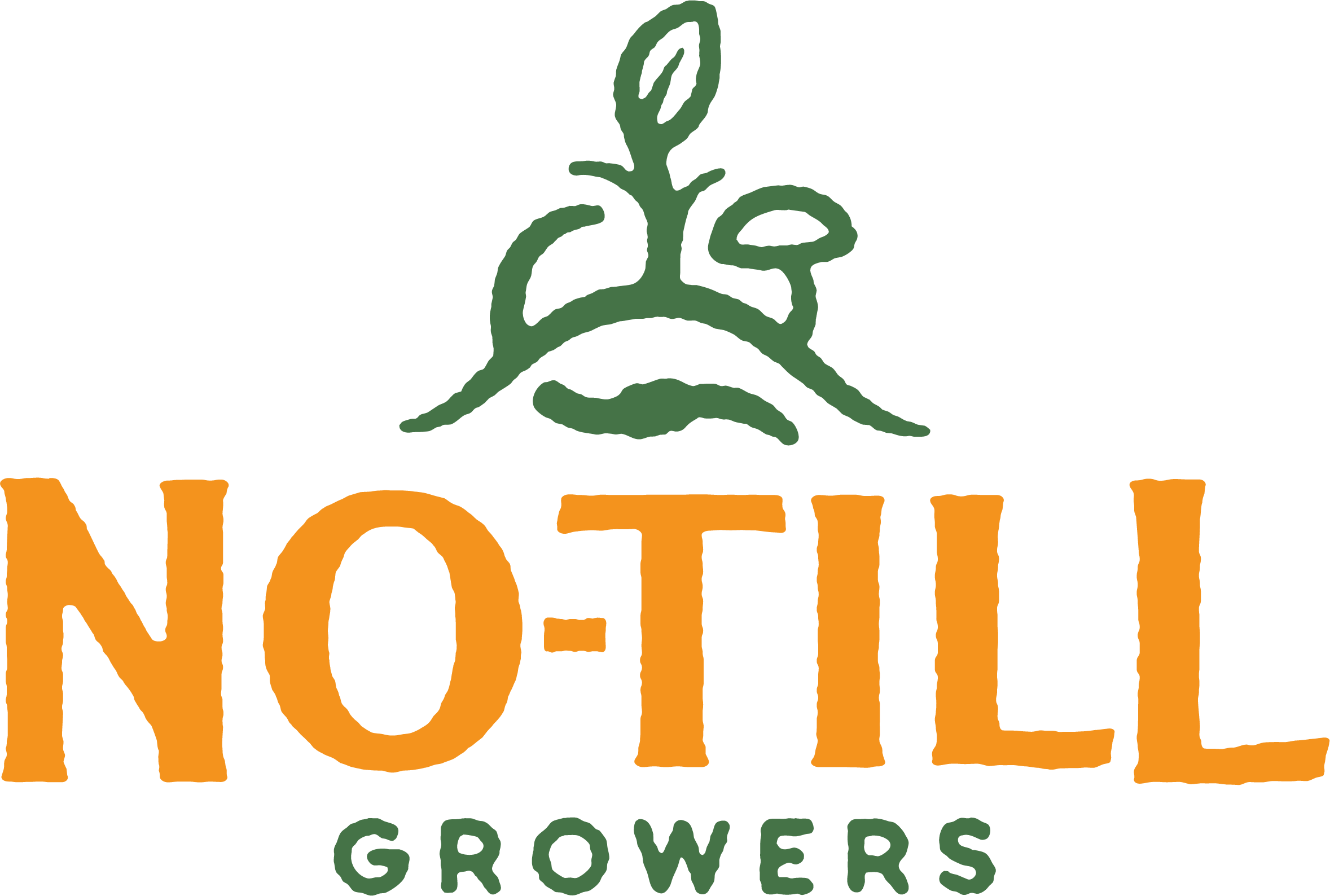Seed Saving as Fertility Management & Cost Saving
In her episode of the podcast, Kristyn Leach of Namu Farm told a rather profound story about seed-saving. She did not fertilize a certain eggplant that she was breeding, but by the third and fourth year the yields of the unfertilized eggplant were on par with that of the ones she was fertilizing. In effect, she had trained the plants to survive a low fertility environment, eventually saving her fertilizer costs and labor. Check out her work with Kitazawa Seed Co.
This is the brilliance of seed. And with stories like this—of simply collecting seed to match a system instead of matching a system to the seed—why is seed saving not a higher priority for market gardeners?
I think I know the answer. Seed saving is complicated, and that’s an understatement. It can also be very time- and space- consuming. It takes some general savior-faire, possibly some equipment, so seed saving can, in some sense, feel like an entirely different enterprise from growing vegetables.
But at the same time, seed saving holds so much potential for reducing labor costs, input costs, and increasing productivity. Instead of having to create the conditions right for each seed, year after year, imagine being able to sow seeds that have been adapted to your specific conditions (how much is that worth?). I recognize the idealism here, but I also emphasize that it doesn’t have to be idealistic. It doesn’t have to be every crop. It could simply be the seed of crops that serve you the most or require the most of you.
Think of it as a short-term investment for long-term returns. Imagine what having a seed ready for your soil would do for productivity. Imagine what that would do for reducing input costs and labor. And most of us don’t need that much room to save the amount of seed we use. Think of the number of tomato or pepper seeds in a fruit—save a few of them and you have enough for an entire garden.
In the following vid, I lay out some of the seeds we are saving and how the no-till garden lends itself so well to seed saving, but I think it would benefit us all to start recycling this ancient practice back into our modern, for-profit gardening. It’s not the only tool, but I do believe it is a tool we need to unbury, dust off, and get back into our toolboxes.
Our purpose is to bring you—the farmer—the best no-till growing content out there for free. If you found this post to be of value, and want to see No-Till Growers grow, support our work for as little as $2/month on Patreon or Venmo/Paypal.
